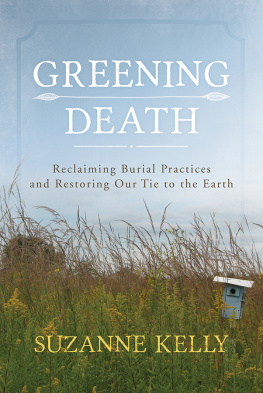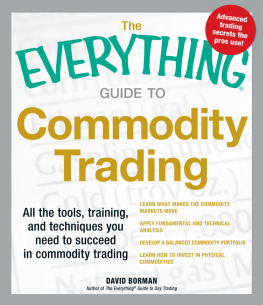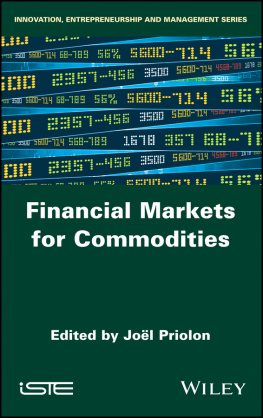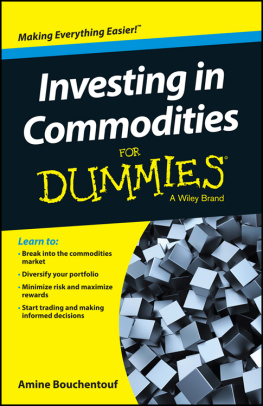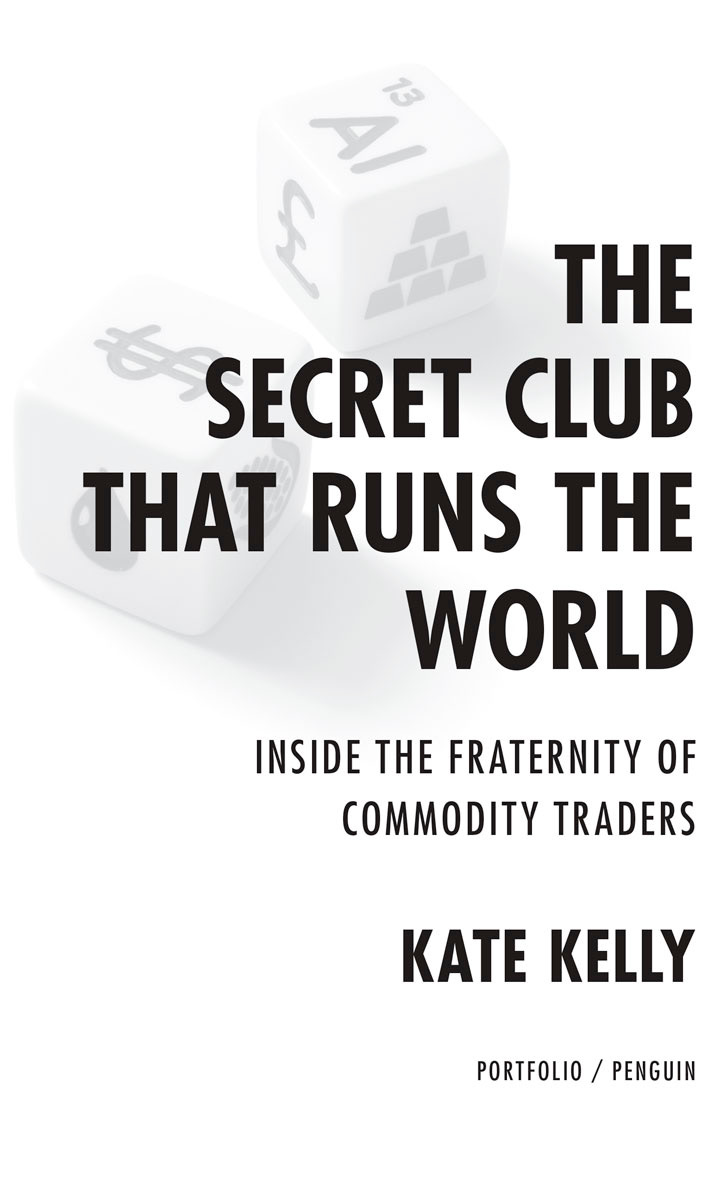USA | Canada | UK | Ireland | Australia | New Zealand | India | South Africa | China
First published by Portfolio / Penguin, a member of Penguin Group (USA) LLC, 2014
Penguin supports copyright. Copyright fuels creativity, encourages diverse voices, promotes free speech, and creates a vibrant culture. Thank you for buying an authorized edition of this book and for complying with copyright laws by not reproducing, scanning, or distributing any part of it in any form without permission. You are supporting writers and allowing Penguin to continue to publish books for every reader.
While the author has made every effort to provide accurate telephone numbers, Internet addresses, and other contact information at the time of publication, neither the publisher nor the author assumes any responsibility for errors or for changes that occur after publication. Further, publisher does not have any control over and does not assume any responsibility for author or third-party Web sites or their content.
For my husband, who makes everything possible.
CAST OF CHARACTERS
At BlueGold Capital Management
Pierre Andurand, chief investment officer
Dennis Crema, chief executive officer
Paul Feldman, chief financial officer
Neel Patel, trader
At Glencore International
Ivan Glasenberg, chief executive officer
Alex Beard, global head of oil
Marc Rich, founder
At Morgan Stanley
John Mack, chief executive officer
John Shapiro, global head of commodities
Jennifer Fan, commodity index trader
Goran Trapp, European head of commodities
Jean Bourlot, commodity trader
At the Commodity Futures Trading Commission
Gary Gensler, chairman
Bart Chilton, commissioner
Michael Dunn, commissioner
Dan Berkovitz, general counsel
David Meister, director of enforcement
At Delta Air Lines
Richard Anderson, chief executive officer
Edward Bastian, president
Paul Jacobson, treasurer and, later, chief financial officer
Jon Ruggles, vice president of fuel
At Goldman Sachs
Gary Cohn, president and chief operating officer
Brett Olsher, investment banker
Jeff Currie, European cohead of commodities research
Trey Griggs, head of U.S. energy risk management
At Xstrata
Mick Davis, chief executive officer
Trevor Reid, chief financial officer
Thras Moraitis, head of strategy and corporate affairs
At the Qatar Investment Authority
Sheik Hamad bin Jassim bin Jaber Al Thani, chief executive and prime minister of Qatar
Ahmad al-Sayed, chief executive of Qatar Holding, the investment arm of QIA
Other Key Players
Evgenia Slyusarenko, Pierre Andurands wife
Carl Levin, Democratic senator and chairman of the Permanent Subcommittee on Investigations
Sheik Mohammed bin Rashid Al Maktoum, vice president of the United Arab Emirates and ruler of Dubai
Jon Corzine, former head of Goldman Sachs and chief executive officer of MF Global
Spiro Youakim, investment banker at Lazard
Michael Klein, investment banker and founder of M. Klein & Co.
Tony Blair, consultant and former UK prime minister
Ivonne Ruggles, Jon Ruggless wife
Tony Ward, cofounder of Armajaro
PREFACE
T hree and a half years ago, a colleague at CNBC turned me on to an interesting topic: natural gas hedging. There was a large driller in Oklahoma City called Chesapeake Energy that had made billions of dollars by buying and selling contracts betting on future prices of gas, he explainedperhaps even more money at times than it had made selling actual gas. Chesapeakes chief executive, Aubrey McClendon, liked to brag about his companys trading prowess, and some investors were becoming antsy about whether he was focused enough on his underlying business.
I flew out to Oklahoma to meet with McClendon, who was unapologetic about his gas trading activities. If gas prices go to zero in 2011, its great for customers, it doesnt bother us, it hurts our competitors, he told me in a televised interview. So once we get hedged, we kind of want lower gas prices.
His sanguineness about potential price declines in his companys central product, which was then trading at unusually low levels, amazed me, and it struck many of CNBCs viewers as strange too. Over time, an investigation by Reuters revealed that McClendon was such an avid trader that hed operated a hedge fund outside of Chesapeake Energy that handled contracts connected to some of the same products the company produced. Amid this and other revelations of apparent conflicts of interest, he announced his retirement in 2013.
Meanwhile, Id become hooked on the topic of commodity trading. Id met a crude-oil trader at a New Yorkarea hedge fund whose withering take on his own businesswhich he felt was dominated by irrational penchants for risk and a bunch of grown men with emotional issueshad made me want to learn more. Id traveled to Nebraska to interview a corn farmer whose Tweets about crop yields and planting conditions were being watched by brokers on the Chicago Mercantile Exchange, showing both the interconnectedness of the physical farming business to its futures counterpart and the hunger with which traders searched for clues. And Id covered the initial public offering of Glencore International, the $60 billion Swiss commodity-trading colossus founded by the longtime American fugitive Marc Rich, which made huge markets in everything from crude oil to cobalt and yet was completely unknown to the public.
As far as I could tell, commodity-contract trading was a black box. It was a business that was both massive and impactful, affecting the day-to-day prices of raw materials like crude oil and wheat, and, in turn, influencing the cost of everything from iPhones to coffee. But the whole market was scantly covered by the media and poorly understood in general. At home, successful commodity hedge-fund traders might be profiled in the newspaper, but how they bet on markets and what motivated them to make such bold moves rarely was. Overseas, commodity giants like Glencore and its counterparts were a complete mysteryeven though they dominated the markets for important products universally used.
I wanted answers. Who were these guys, and how did they work? What impact did they have on the price of physical commodities? And who was monitoring them?
This book tells you what I found.
AUTHORS NOTE
T his book is the product of scores of interviews with people who buy, sell, trade, regulate, or study commodities for a living. Many of them spoke to me on the record, and their quotes appear throughout the text, either as what they said at the time of the events described, or what they have said on more recent reflection.
A number of interviewees, however, spoke on the condition that they not be named as sources. I have used their input, alongside that of named sources, to reconstruct the events of the book. The meetings, trades, thought processes, life events, and professional histories Ive covered have in every case come from my own direct observations, relevant documents, a primary source who was involved, secondary sources who were in close proximity to the situations described, or, finally, from prior reporting that I have cited.





